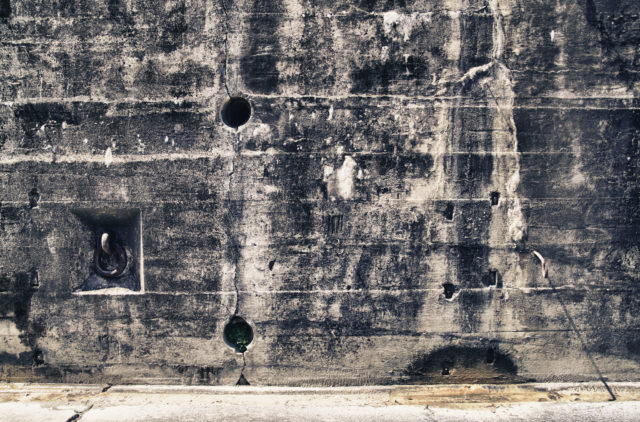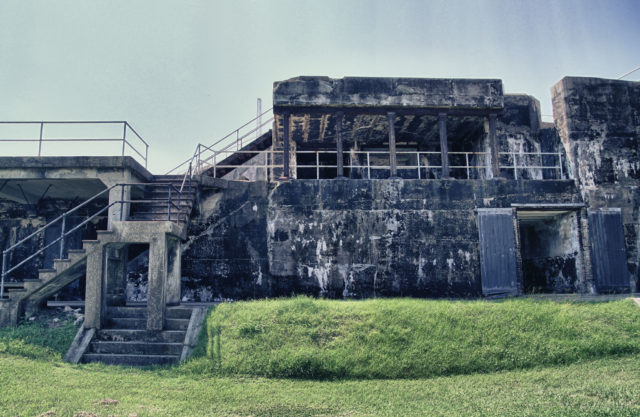The historic Fort Morgan was built on a 479-acre site at the mouth of Mobile Bay, Alabama, USA. Combined with Fort Gaines on Dauphin Island, the two forts provided coastal protection for Mobile Bay. Currently, the site is managed by the Alabama Historical Commission.
The fort received its name in honor of the hero of the War of Independence – General Daniel Morgan.
In 1818, the United States signed a contract for the construction of a large stone fort at Mobile Point, which was part of a program to strengthen coastal defense. Simond Bernard, one of Napolean’s military engineers, designed the fort. The project as a whole was overseen by Benjamin Hopkins.
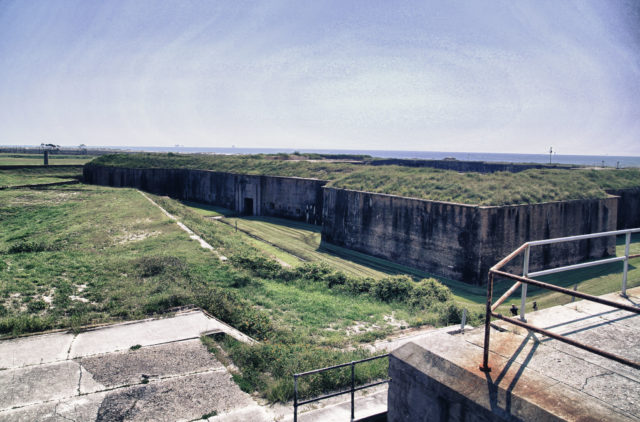
Bernard’s design was for a pentagonal bastion fort, a style that was in favor during the age when cannons were employed in battle. Brick and mortar were primarily used since they were the most easily accessible local materials. Granite, sandstone, iron, and cement had to be shipped in.
The site chosen for the project was where Fort Boyer, an earthen and stockade fort, had originally stood to protect the bay from British naval attacks. Fort Bowyer was part of the War of 1812 and was active until Christmas 1814 when the Ghent Treaty was signed to end the war.
Construction of Fort Morgan began in 1819, but the project made little progress before 1821 because those in charge of the development kept perishing. Hopkins passed away from yellow fever and his replacement, Samuel Hawkins, passed on in 1821.
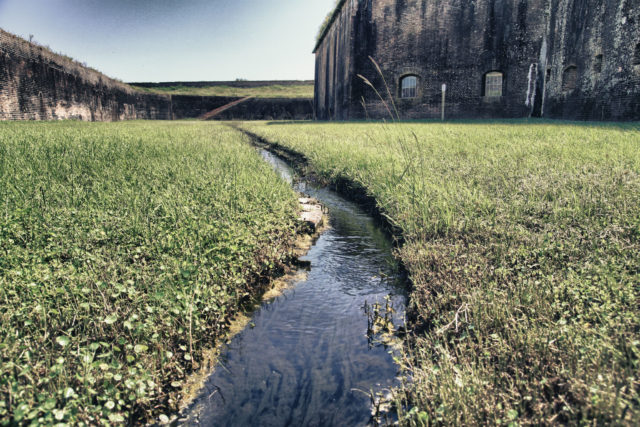
In the end, the army decided to transfer responsibility to the Engineering Corps. Even then, Captain Russey, who was in charge, had to pass supervision over to his lieutenant, Cornelius Ogden, when he fell ill.
However, the project did see more progress than before. Construction was mainly carried out using slaves and all work was completed in 1834. The first garrison arrived in March of that year.
On January 3, 1861, Fort Morgan was captured by Colonel John B. Todd with a company of Alabama volunteers. Given that the primary weak point was the Main Ship Channel near Fort Morgan, the Confederates sited 18 strong guns at the fort, aimed at the Channel.
Three years later, the Union’s naval forces were able to break through the blockade. They first recaptured Fort Gaines then besieged Fort Morgan for two weeks before the commander surrendered. After that, they used it as a reconnaissance base.
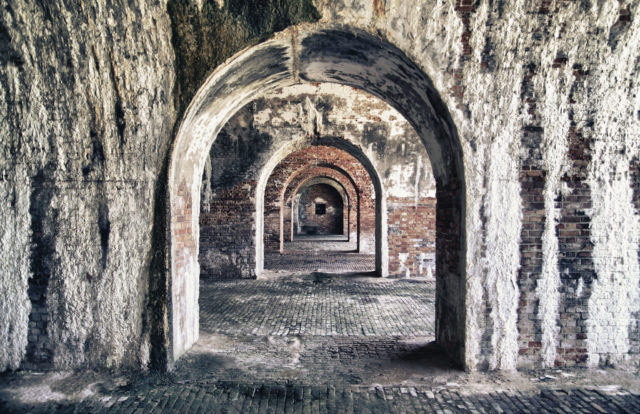
In the 1870s, a major reconstruction took place when the fort was given 12 lots of 200-pound Parrott rifled cannons. However, after that, the United States decided to close the fort.It fell into decline until 1895 when the Endicott Board decided to commence a program of building new, concrete batteries across the nation to improve defense.
Fort Morgan was chosen as one of the sites to receive new concrete batteries to replace its brick ones. Morgan’s five concrete batteries were supported by new technologies for fire control, electricity, and communications. The batteries were named Bowyer, Dearborn, Duportail, Thomas, and Schenk.
Between the years of 1900 and 1923, Fort Morgan was the largest permanent military base in Alabama, with over 100 structures and 400 soldiers.
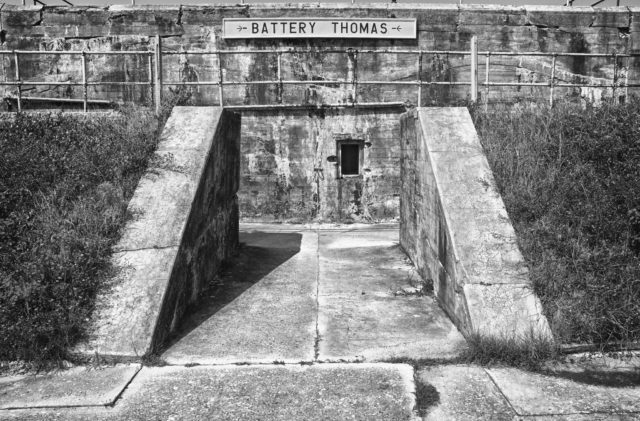
Battery Bowyer was closed down in 1917, its guns being converted into railway guns for service in Europe. Battery Durportail was decommissioned in 1923 and its guns were blocked up until the 1940s when they were scrapped. Battery Thomas was deactivated in 1917, at which point its guns were removed.
Fort Morgan trained Coastal Artillery fighters on how to use modern weapons after the United States declared war on Germany in April 1917. It also had radio equipment installed as part of the nationwide Morse Code network. The transmitter’s call sign was WUR.
About 2,000 soldiers were stationed here during the First World War. However, the numbers were steadily reduced until the post was closed in 1923. Its Morse Code call sign was transferred to Fort McClellan, also in Alabama.
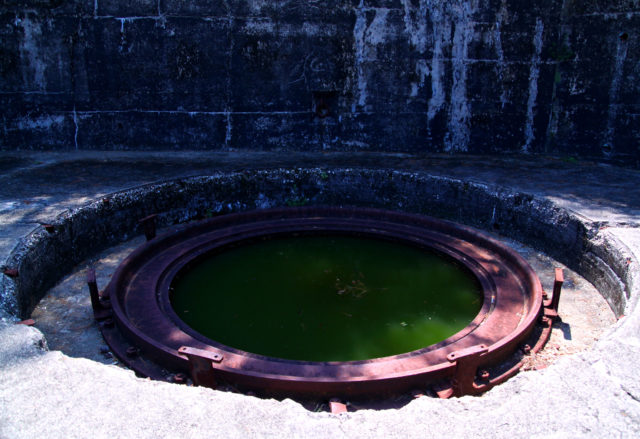
Somewhere between November 1941 and April 1942, after the Second World War had broken out, the U.S. Navy returned to Fort Morgan in the form of the 50th Coastal Artillery Regiment.
Five new 155mm guns were installed. Three were stationed on the parade ground while two were mounted at the top of the fort on mounts that gave them 360-degree movement.
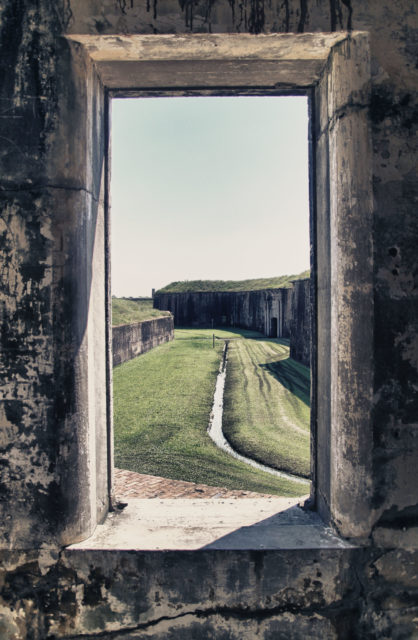
In July 1944, Fort Morgan was officially closed and abandoned forever. The State of Alabama became the new owner of the fort in 1946 after the War Department transferred the property.
In 1960, Fort Morgan became a National Historic Landmark. In 2007, it was listed as one of the ten most endangered battlefields in the country by the Civil War Preservation Trust.
Fort Morgan is currently open to the public. Visitors can see the remaining batteries as well as military buildings dating between 1899 and 1910. Also on site is a museum with exhibits displaying weapons, uniforms, letters, and other interesting things. There is also an annual event commemorating the Battle of Mobile Bay.
Naaman Fletcher is a photographer and explorer who is based in Birmingham, Alabama. He has been documenting urban decay, industrial abandonments, and rural decomposition since 2009.
You can visit his Flickr account and check out more of his photographs, or you can go straight to his blog where he also posts photos with description.
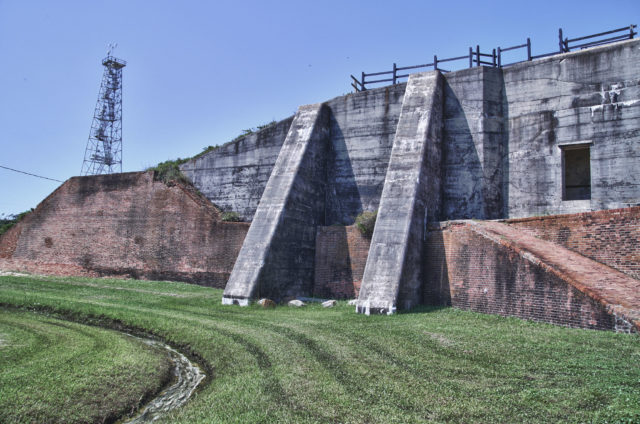
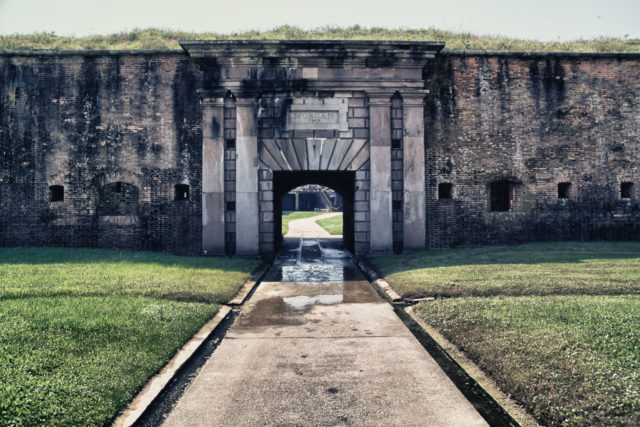
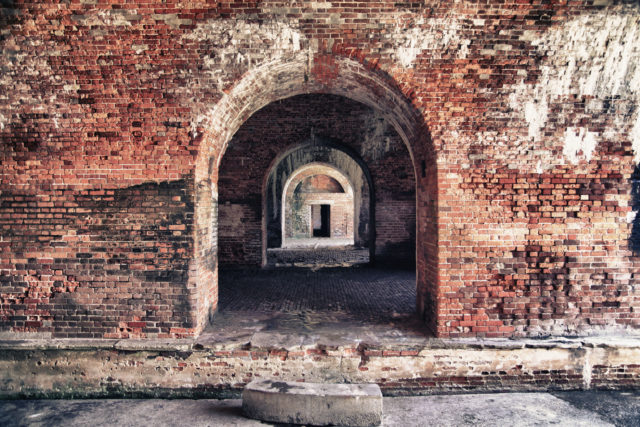
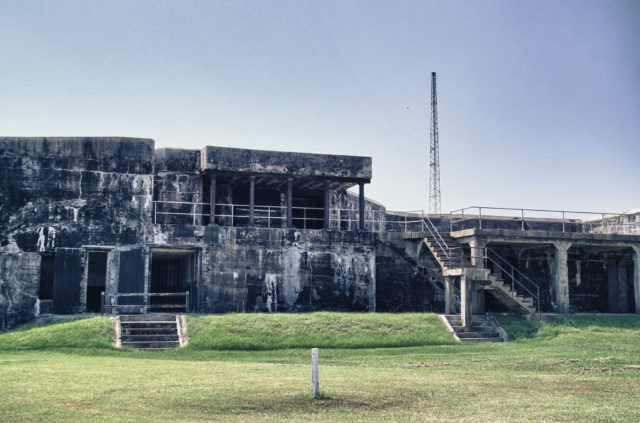
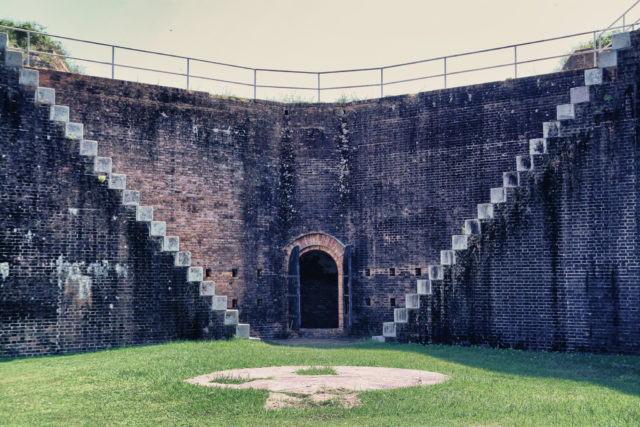
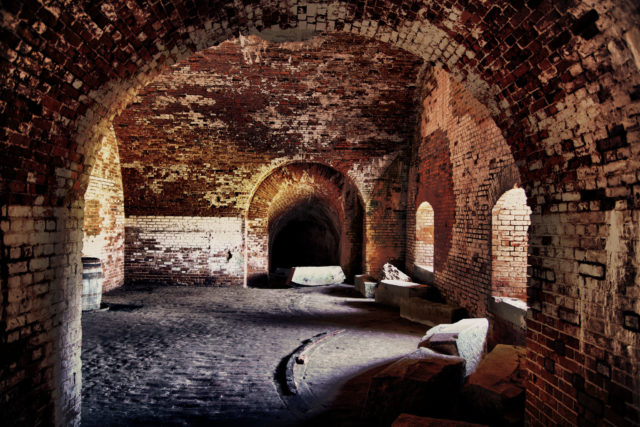
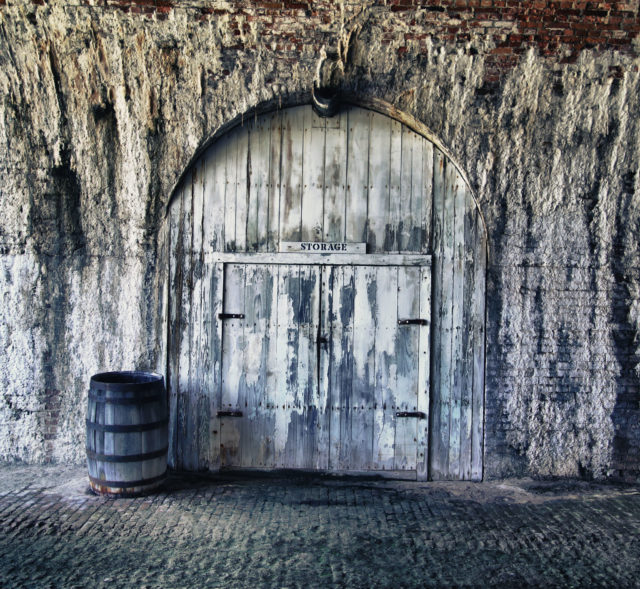
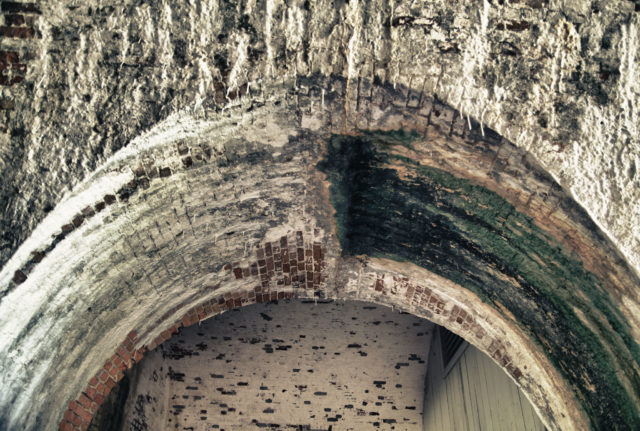
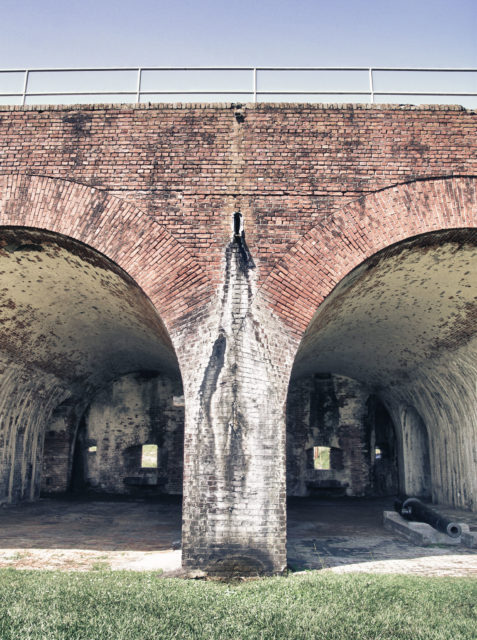
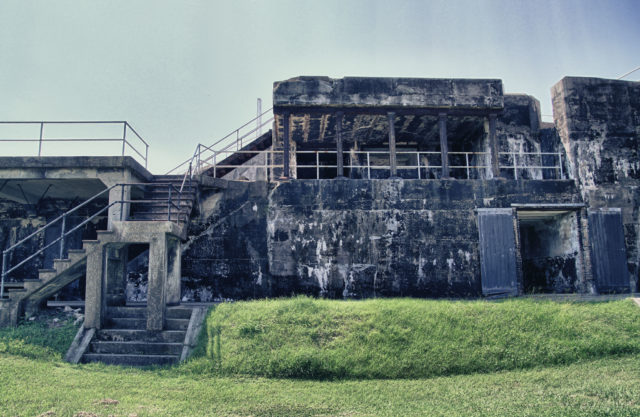
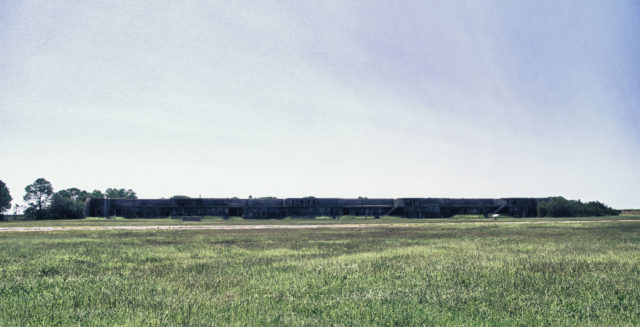
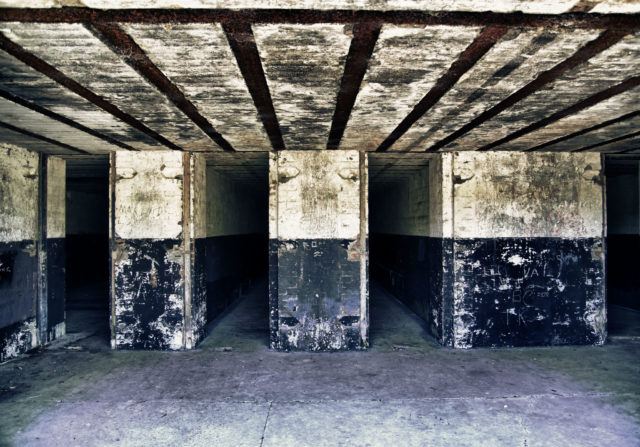
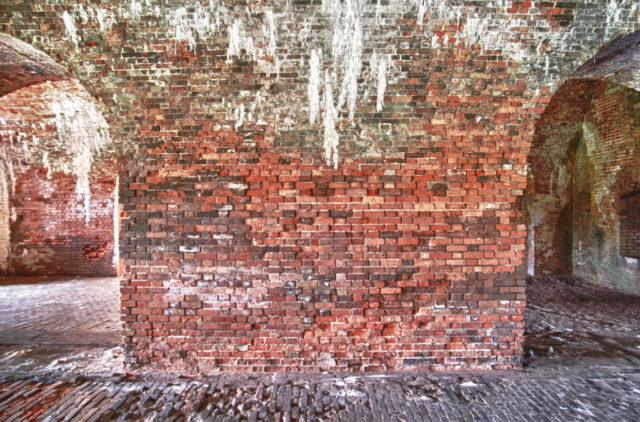
The Abandoned Vozdvizhenka Air Base & Aircraft
